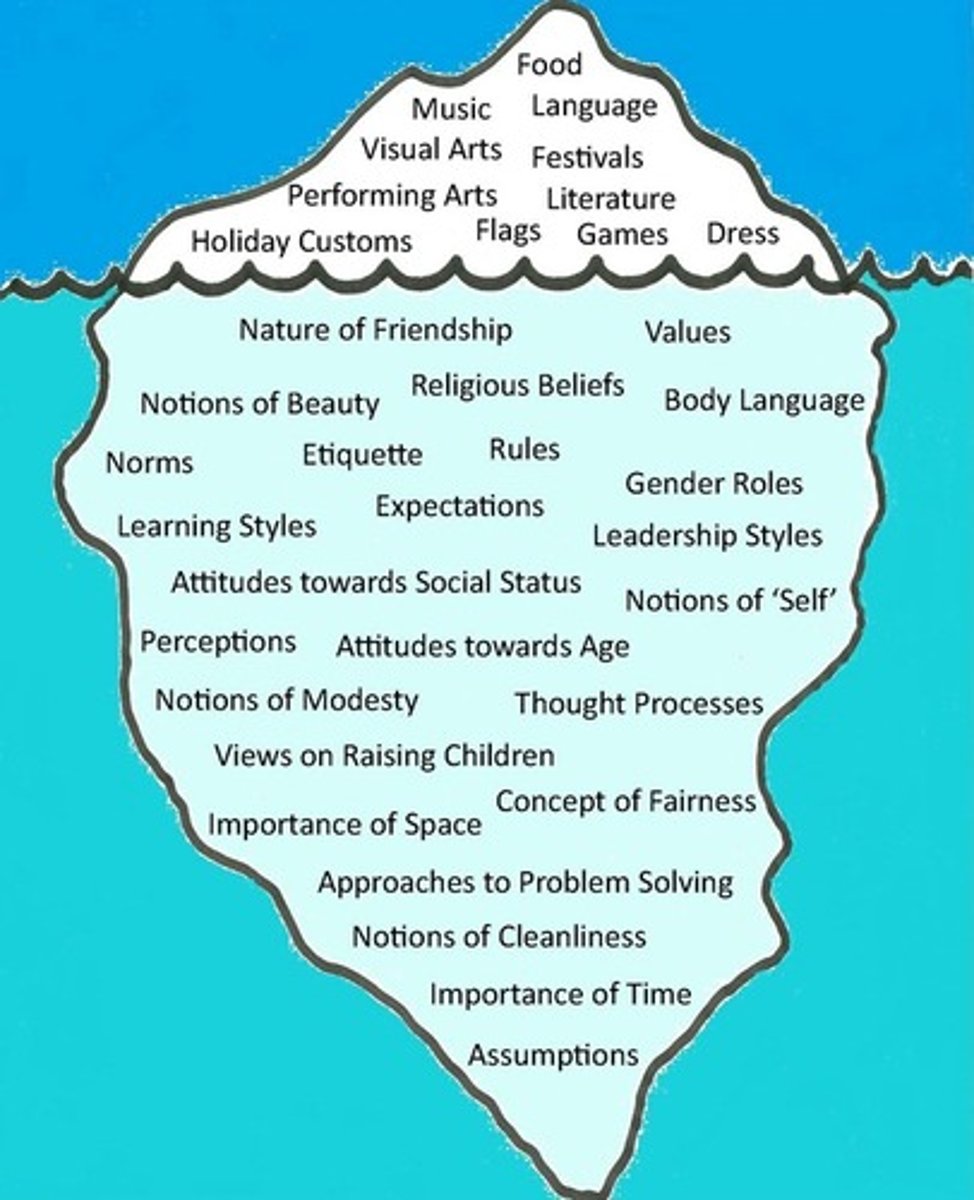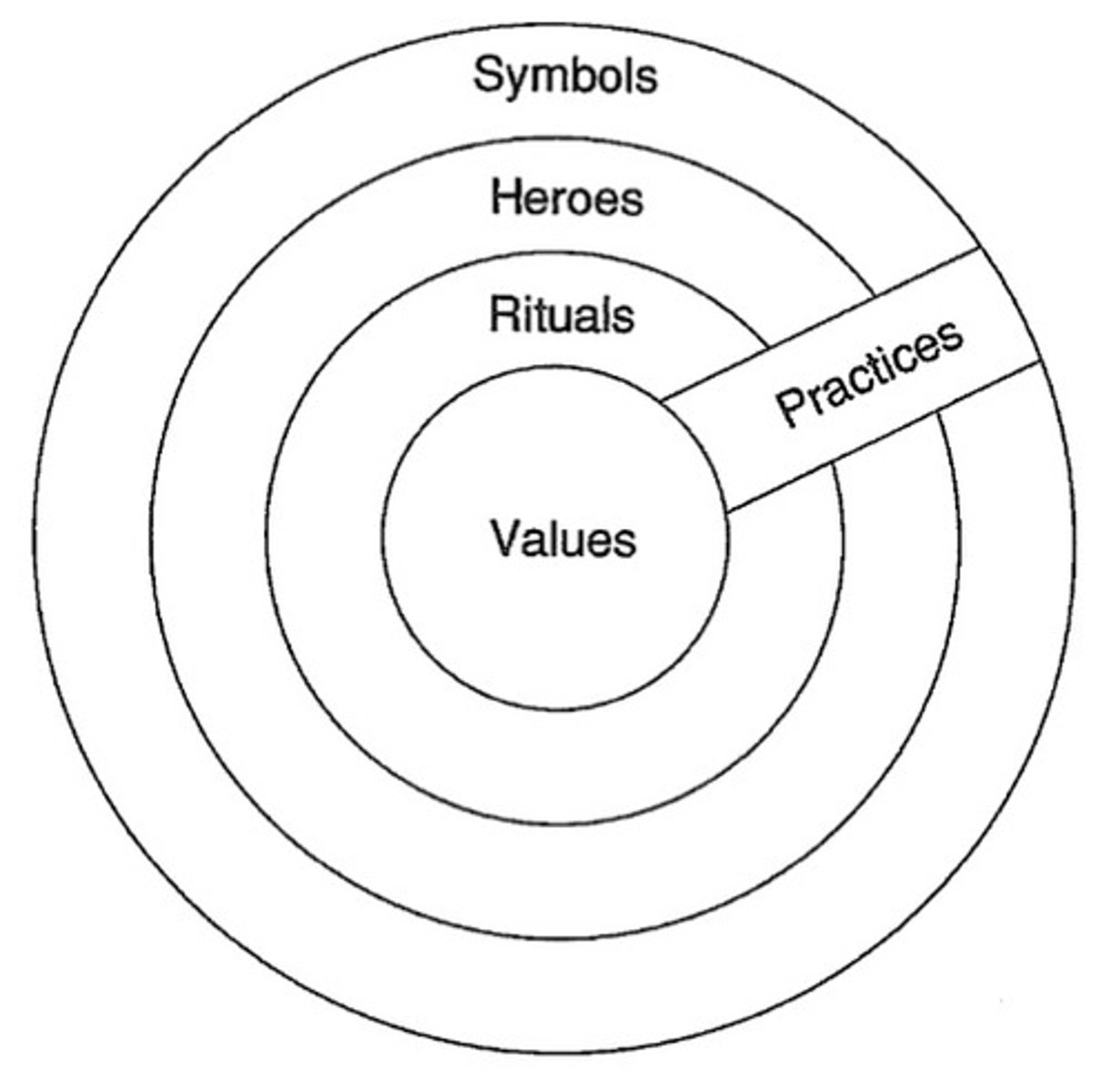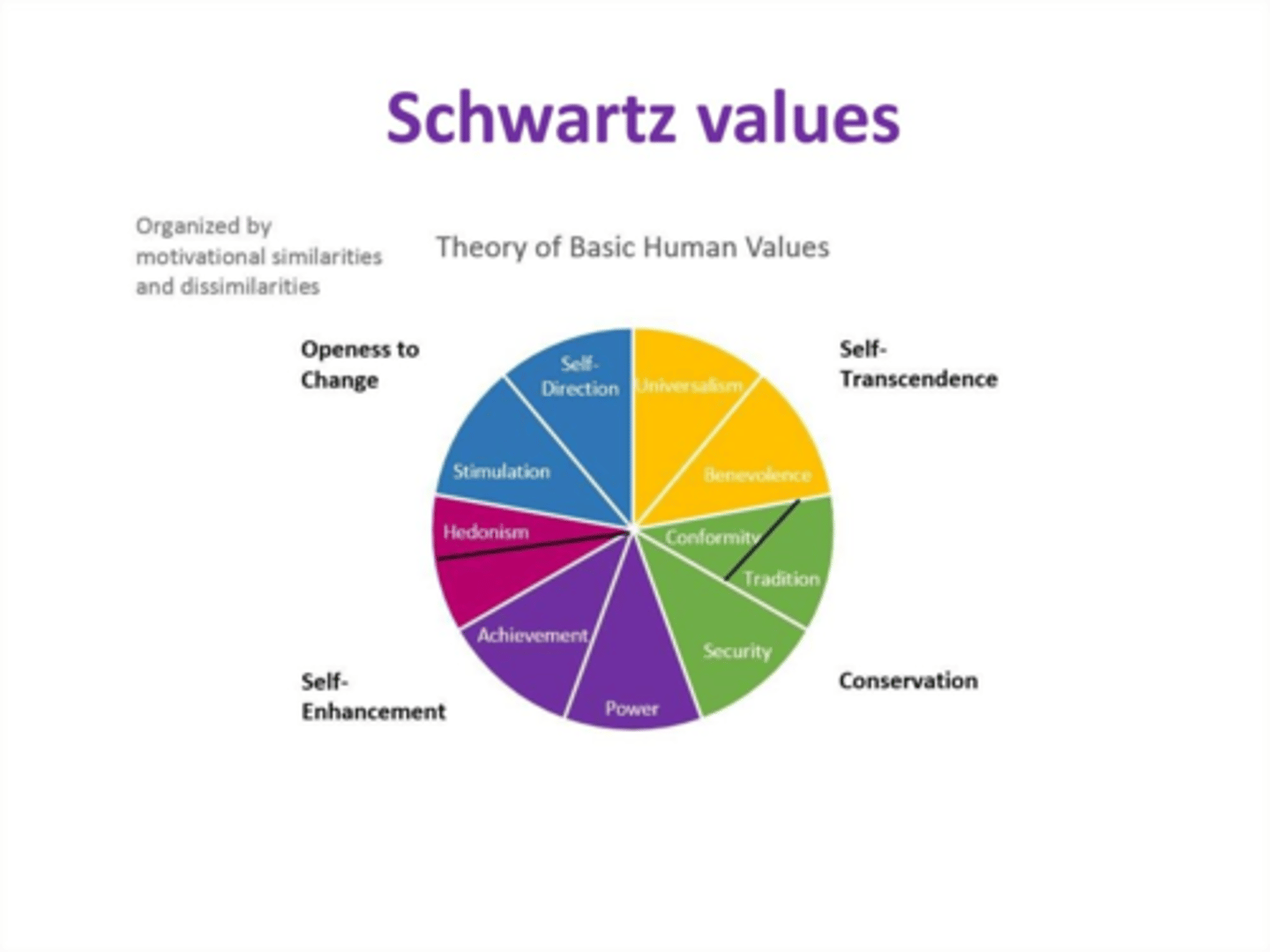ComSci | Quizlet
1/116
There's no tags or description
Looks like no tags are added yet.
Name | Mastery | Learn | Test | Matching | Spaced |
|---|
No study sessions yet.
117 Terms
Contexts of Communication
Cognitive, Individual and Social, Interpersonal, Intercultural, Persuasive, Group, Organizational, Mediated, Mass communication
Science
the careful study of the structure and behavior of the physical world, especially by watching, measuring, and doing experiments, and the development of theories to describe the results of these activities.
Concept
something that refers to an agreed-upon aspect of reality.
Deductive reasoning
: reasoning that aims at testing an existing theory
Primary research
: information gathered through self-conducted research methods
Research methods in COM
experiments, surveys, textual analysis and ethnography
practical behaviour change model
System Analyses
Target Behaviour
Intervention Design
Test
Scale-Up
Monitor
Micro
Individual Factors
Meso
Physical, Socio-cultural & Community Environments
1st Level Agenda Setting Theory
media telling audiences what to think about through length and position of selected story
2nd Level Agenda Setting Theory
the manner in which stories are framed influences audiences' attitudes and how to think about the issues covered.
Framing
mass media's ability to highlight aspects of news stories by selecting, emphasizing, elaborating on, and even excluding news stories or parts of news stories to create a certain effect for the audience.
3rd level Agenda Setting Theory
network agenda setting - how issues and attributes are, or may be, connected
CULTIVATION THEORY
If you consume (a lot) of mass media content, you will start to take over attitudes that are prevalent in media.
Mainstreaming:
If you see a lot of something in media, you think it happens a lot in real life as well.
Resonance
condition that exists when viewers' real-life environment is congruent with the world of TV.
Symbolic double jeopardy
Minority character representation in general is low. If they are shown, it's more often as a victim or perpetrator of violence.
Social-Cognitive Theory
We imitate behaviors from (media) figures if we are motivated to do so (mediated figures are models, we learn vicarously by observing models)
Intra-personal effect mechanism of modeling
Attention (monkey see)
Retention (monkey keep looking)
Reproduction (monkey do)
Motivation (direct, vicarious, self-produced)
Encoding/Decoding Theory
what we mean to say is not the same as what someone thinks we are saying
mental models
speaker, topic being discussed
Assumptions of E-D Theory
• Media are just one mechanism for disseminating cultural ideologies• The meaning of a message is not fixed or determined entirely by the sender• All messages are encoded using an ideology• Active audiences can challenge ideologies
Preferred reading
decoding a message using the dominant ideology.
Dominant Code
a preferred reading; interpreting a message using the dominant ideology.
Negotiated code
The audiencemember partly shares the media'scode and broadly accepts thepreferred position, but sometimesresists and modifies it in a way thatreflects their own position.
Oppositional code
The audiencemember is in direct opposition tothe media's code (not necessarilythe argument!). They understandthe preferred position, but do notshare it and in fact reject it.
Media richness theory explains
why people choose one medium over another
when they need to complete a specific kind of task
Media Richness Theory Assumptions
Tasks have a certain level of ambiguity
Media offer different levels of richness
Choosing a medium that offer the right level of richness for a task of a certain ambiguity results in the most efficient kind of communication
Richer media
immediate
personal
cues
variety in language
Ambiguous tasks
more interaction required
Channel Expansion Theory
Four kinds of channel experience influence perception of richness:• media channel,• message topic,• organizational context,• communication partners.
Impersonal
Task-oriented communication with little personal information provided.
Interpersonal
Users adapt to the CMC (computer mediated channels) environment in an effort to create more personal interactions.
Hyperpersonal
Individuals present a carefully monitored impression of themselves.
USES AND GRATIFICATIONS
characterizes people as active and motivated in selecting the media they choose to consume
motives: entertainment, information, identity, interaction
MEDIA AFFORDANCES
perceptions of what a medium can do
(affordances: modality, agency, interactivity, navigability)
SPIRAL OF SILENCE
we sometimes decide not to speak our mind if we think we hold a minority view
SPIRAL OF SILENCE - spiral
ubiquity - opinion is everywher
cumulation - this opinion is repeated
consonance - this opinion is shared by different parties
Rhetoric
the art of discovering the means of persuasion available for any subject
ethos
character/image of the speaker
Elaboration likelihood model
model of persuasion stating that people will either elaborate on the persuasive message or fail to elaborate on it and that the future actions of those who do elaborate are more predictable than those who do not
central route
an elaborated route for persuasion. Succeed in long-term attitude change if the audience is motivated and able to process the message.
peripheral route
a route for processing persuasive messages when motivation or ability is missing. Results in short-term persuasion at best.
Theory of planned behaviour
Behavioral Beliefs -> attitude towards behavior -> intention -> behavior
Normative Beliefs -> subjective norm -> intention
Control Beliefs -> perceived behavioral control
Social Judgement Theory
knowing a person's attitudes on subjects can provide you with clues about how to approach a persuasive effort
3 Latitudes of Social Judgement
Latitude of Acceptance
Latitude of Noncommitment
Latitude of Rejection
Inoculation Theory
a method of preventing persuasion
* Threat
* Refutational preemption (argument)
Narrative Paradigm
Persuasion through storytelling
Adoption
Longitudinal process leading to a decision for technology use
Acceptance
Close to adoption but focuses more on the users' individual perceptions of adopting a technological innovation
Appropriation
Technical and cognitive mastery of technology, which integrates practices into the daily use in a significant and creative manner
Domestication
Starts with appropriation and then deals with the cultural, social and technological networks of the everyday life of households
Technology acceptance model

Usability
The extent to which a product can be used by specified users to achieve specified goals with effectiveness, efficiency and satisfaction in a specified context of use
User experience
A person's perceptions and responses that result from the use or anticipated use of a product, system or service.
Unified theory of acceptance and use of technologies (UTAUT)
the acceptance of technology, determined by the effects of performance expectancy, effort expectancy, social influence and facilitating conditions
Model of technology appropriation
appropriation involves a systematic evaluation by users as they progress through three levels: encountering the technology (Level 1), adopting and adapting it (Level 2) and then 'stabilizing' it by integrating it into routines and practices (Level 3).
Culture (Hofstede)
The collective programming of the mind distinguishing the members ofone group or category of people from others
Culture (Hall)
- Unified wholes in which everything interrelates
- Primarily a system for creating, sending, storing and processing information. Communication underlies everything
Iceberg Model of Culture (Hall)
Only 10% of culture is immediatelyvisible and observable. The majority is beneath the surface

Onion Model of Culture (Hofstede)
Values are at the core of a culture and thus at the core of cultural differences. Rituals, heroes, and symbols are the more superficial layers

Schwartz's Theory of Basic Human Values
- Values are basic and fundamental beliefs that guide or motivate attitudes or actions
- They help us in determining what is important to us

Emic Perspective
Researching cultures from an insider's perspective (anthropological)
Static Perspective
Highlighting the stability andgeneralizability of cultures, focusingon differences between (and notwithin) cultures
Dynamic Perspective
Highlighting the changing nature ofcultures, acknowledging the diversityand development within cultures
Paradoxical values
values that seemingly contradict eachother but nonetheless co-occur
Schein's model of organizational culture
Shallow: Visible manifestations of culture (Artifacts)
Explicit statements about values (Espoused Values)
Deep Factors: Implicit assumptions (Underlying Beliefs)

Low Power Distance
People strive to equalize the distribution of power and demand justification for inequalities of power
Individualism (High IDV)
People prefer a loosely-knit social framework in which individuals are expected to takecare of only themselves and their immediate families (self-image = I)
Collectivism (Low IDV)
People prefer a tightly-knit framework in society in which individuals can expect theirrelatives or members of a particular in-group to look after them in exchange for unquestioningloyalty. (self image = we)
High Uncertainty Avoidance (UAI)
People try to avoid risks and ambiguities as much as possible.
Low Uncertainty Avoidance (UAI)
People accept risks and ambiguities in their lives.
High Masculinity versus Feminity (MAS)
People have a preference in society for achievement, heroism, assertiveness andmaterial rewards for success. Society at large is more competitive.
Low Masculinity versus Feminity (MAS)
People have a preference for cooperation, modesty, caring for the weak and quality of life. Society at large is more consensus-oriented.
High Long-Term versus Short-Term Orientation
People strive for the benefits in the long run and believe in modern educationas a way to prepare for the future
Low Long-Term versus Short-Term Orientation
People strive for quick benefits and have reluctance regarding change
High Indulgence versus Restraint
People are inclined to easily give in to fulfilling their needs and desires and to enjoy life
Low Indulgence versus Restraint
People are inclined to suppress their needs and desires, based on social norms.
Politeness Theory
- how and why individuals try to promote, protect, or "save face,"
- how we manage our own and others' identities through interaction, in particular, through the use of politeness strategies.
Negative Face
The need to have freedom of action and thoughts (Face Threatening Acts: Limiting Options, forcing or urging to do something)
High-context cultures:
Relatively many covert, implicit, and indirect messages
Low-Context Cultures
Relatively many overt, explicit, and straightforward messages.
Monochronic Action
One task at a time, being on time, careful planning, focus on the job first
Polychronic Action
Multitasking, timeliness less important, focus on relationship first
High Territoriality
Relatively much personal space needed, ownership of things important
Low Territoriality
Relatively less personal space needed, ownership of things less important.
Limitations of cultural dimensions
1. Assumption that values are always at the core of intercultural communication differences may be challenged
2. Assumption that cultural dimensions reflect universal values may be challenges
3. the use of dimensions may lead to simplifications and stereotypes
4. Specific cultures reflect different positions on all cultural dimensions at the same time
Perspective-taking
The act of perceiving phenomena from the point of view of other people
Empathy
The ability and willingness to understand the perspective, emotions, interests, knowledge levels and preferences of other people. And to express this understanding to them
Structuration Theory - dynamic of structure & agency
- Duality of structure (structure and action)
- Open system (tranferability)
- Normative (Norm setting: how you should act)
-Technology
Systems perspective
s suggest that we need to study the interrelated patterns of communication of people in a relationship in order to understand the relationship
function
what communication does
Five Functions of Decision-making
-problem analysis
- determine standards
-identify alternatives
-evaluate
-select
Symbolic convergence theory
group members cooperatively create and sustain a shared consciousness, including shared meaning, through interaction
Organizational culture
the lived experience of organizational members that consists of values, beliefs, and ways of behaving and communicating.
Organizational assimilation
focuses on how individuals become socialized into an organization, with a recognition of the role that organizational culture plays in this socialization
Organizational identification
Extending the notions of culture and assimilation, OIC focuses on how organizations establish and maintain power, particularly in team-based environments
Weick's organizing theory
argues that communication is the foundation of organizing, making it the basis for organizational success and failure
Structure
patterns of relationships or interaction.
Agency
a belief in free will